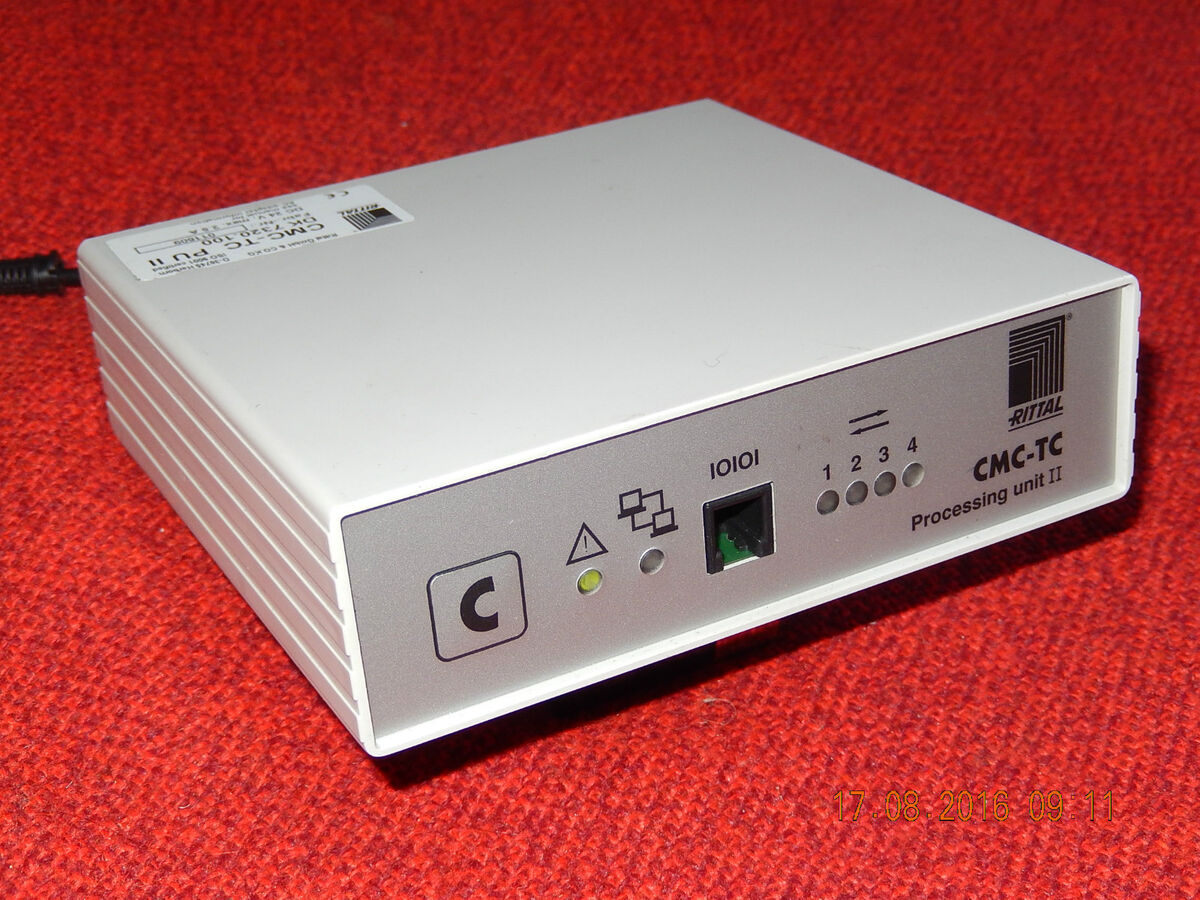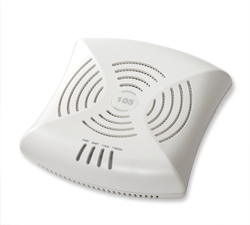2023-07-02
:: Bernardus
#rittal
#cmc
#snmp

I recently obtained a Rittal CMC-TC PU II environment monitoring system.
With any device, I always like to update it to the latest firmware possible and went on the hunt for firmware files for the CMC.
Luckily, I found Rittal still freely provides the required files.
The update process isn’t as straightforward as just uploading a binary file to a web interface or even tftp’ing it over.
Instead, the supplied instructions tell you to run a .bat file to perform the update.
As I don’t run Windows, and running random scripts downloaded from the internet perhaps isn’t the greatest idea anyway, I tried figuring out what the script was doing and how to replicate it on MacOS.
2022-02-01
:: Bernardus
#snmp
#openwrt
#monitoring

I recently acquired an old Aruba AP-105.
Unlike the closely related IAP-105, the AP-105 is completely useless without an Aruba controller.
Luckily however, with some effort, the device can be flashed with OpenWRT.
With even more luck, I even got a colleague to do the hard work of flashing U-boot to the onboard SPI for me.
2021-10-14
:: Bernardus
#dns
#dnssec
#bind

I have been running the DNS for most of my domains myself for a number of years now. While you may have any number of reasons for self-hosting DNS, my chief motivator was the ease of implementing the ACME DNS-01 challenge when requesting certificates. This in turn allows me to request and use publicly verifiable certificates for devices and applications that are only accessible from my internal network. As I have some services that I want to be accessible both publicly and internally but on different IPs, I use a split-horizon DNS setup.
2021-09-17
:: Bernardus
#openbsd
#openbgpd
#routing
#bgp
I run my own IPv6-only AS, mostly to get some real-world BGP experience, and partly so I can say I operate my own AS. In fact, IPv6 for this domain is served by my own AS uplinked through the ColoClue network.
When running your own AS, you will need to have some way of announcing your IP space through BGP. Some networks and providers, such as aforementioned ColoClue but also Vultr1 allow you to announce routes over BGP after verifying your authority over the announced prefixes.
2021-09-08
:: Bernardus
#kpn
#iptv
#edgerouter
#ubiquiti
Het proces om IPTV van KPN te laten functioneren via een eigen router is ondertussen best aardig gedocumenteerd.
Als je toevallig een Ubiquiti Edgerouter gebruikt hoef je tegenwoordig al bijna niets meer zelf te bedenken.
2021-09-06
:: Bernardus
#openwrt
#voip
#asterisk
I previously wrote about connecting a rotary-style phone to a VoIP-based telephony setup. In the post, I described using a Fritz!Box 7170 as an ATA because of its support for both SIP and pulse dialling. Although it works very well as an ATA, the device is quite dated and does not offer much functionality other than a Fast Ethernet switch. While it also has a built-in modem and WiFi, it only supports ADSL2+ and 802.
2021-08-28
:: Bernardus
#experiabox
#kpn
#dsl
#monitoring
#prometheus
Eerder schreef ik over het monitoren van een KPN DSL-verbinding middels OpenWRT en Prometheus. Dit is echter niet de enige KPN-verbinding die ik onder mijn beheer heb en waarop ik monitoring wil toepassen. Idealiter zou ik ook daar natuurlijk een modem met OpenWRT plaatsen zodat ik op dezelfde manier kan monitoren, maar het feit dat ik hier iets over schrijf wijst er natuurlijk al op dat het helaas niet zo eenvoudig is.
2021-08-02
:: Bernardus
#voip
#asterisk

As a millennial, I’m not a huge fan of making or receiving phone calls. Conflictingly however, I am a huge fan of telephony.
The act of placing phone calls used to be a very mechanical process with large telephone exchanges making a series of connections to complete a connection from caller to callee. These series of connections are why phone numbers used to be allocated to specific regions. Dialling the area code resulted in a connection being made to the telephone exchange for that area.
2021-08-01
:: Bernardus
#openwrt
#monitoring
#dsl
#prometheus
I recently set up an OpenWRT device as a modem on a KPN DSL connection. Fittingly, the device running OpenWRT is a KPN Experiabox V8 which KPN provided their subscribers with up until a couple of years ago. While the device is quite crippled when running the stock firmware, OpenWRT transforms the device into a quite capable modem and router.
Having configured the appropriate credentials (user: MA-CA-DD-RE-SS@internet pass: kpn), the PPPoE connection came up immediately, automagically including DHCPv6-PD.



